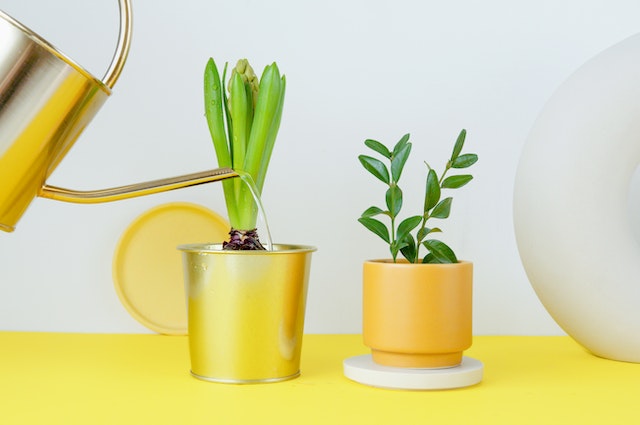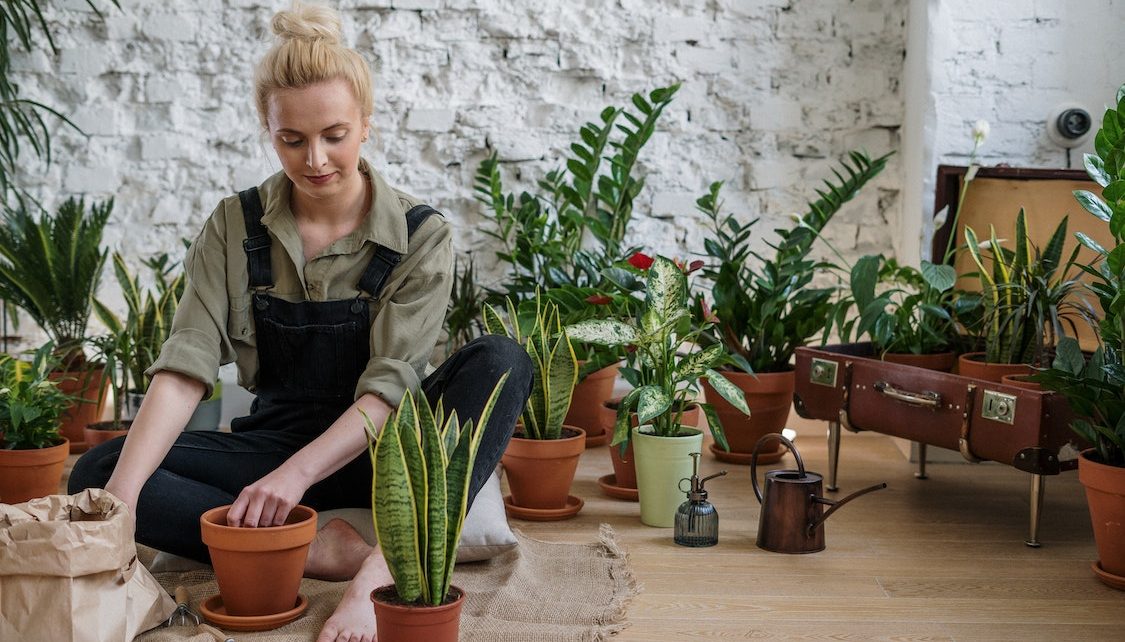Growing plants in small spaces is a rewarding and engaging hobby that can improve our health, reduce stress, connect us to nature and save money on groceries while simultaneously contributing to environmental sustainability.
Succession planting is essential when growing in small spaces, meaning planting different vegetables throughout the season to make sure that your garden remains productive all year long.
Identify Your Space

Home gardening offers numerous advantages; not only does it add beauty, but it can also improve air quality and promote wellbeing. Furthermore, even in small spaces it may be easier than you think to grow plants!
As your first step in planting indoors, it’s essential to identify and assess your space’s light conditions. Knowing how much light an area receives throughout the day and in which direction will allow you to determine which plants work best with it – for instance a tall-growing shade-loving plant won’t do well in an area receiving direct sunlight all day long!
Consider how much time is available to you to devote to caring for your garden. Make sure that there is sufficient time available so that your plants receive all of the water, nutrients, and sunlight they require for healthy growth. It may also be wise to alternate which crops you plant each year so as to not overplant one particular vegetable or herb variety.
As part of your consideration when selecting plants that will complement your space, take into account how big you want the plant to be. Larger plants will take up more room and be harder to care for as they grow over time.
For an eye-catching plant that adds height and drama, try hanging baskets or macrame plant hangers. Filled with herbs, vegetables or flowers they make great additions to pergolas, balcony railings or arbors, and are especially great at filling vertical spaces where sunlight might not easily reach – for instance fence lines or the sides of houses.
Choose the Right Plants
Nutritious plants require not only rich soil but also enough air circulation. Squeezing your greenery between furniture or behind it blocks its ability to breathe, which leads to poor growth and increased susceptibility of plant diseases. To maximize airflow for healthy plant growth and disease resistance, choose an area near hallways or windows; houseplant consultant Nick Cutsumpas suggests bamboo palms as they grow upright without spreading out – they’re easy to care for too!
Choose fast-maturing varieties with high yield potential when selecting vegetables for a small space garden, such as leaf lettuce, tomatoes, carrots, peppers, cucumbers squashes and peas – they all yield well! As well as these vegetables you could try growing kale Swiss chard spinach radish as well. When growing in containers add vertical climbing varieties like cucumbers that will happily scale a trellis or pole beans!
Alongside vegetables, herbs and berries make an excellent addition to small gardens. Try growing rosemary, basil, parsley and dill in containers, as well as trying out edible varieties such as cilantro, mint or chervil. Perennials add color while providing shade from sun – make sure you read up on how tall they will grow before planting!
Most households have some outdoor space to grow plants besides just windows or rooftops; alleyways, front porches, fire escapes or fire escapes can all become productive gardens with clever techniques like vertical gardening, intercropping and succession planting ensuring even smaller backyards or window sills become havens of fresh homegrown vegetables. But if you want to save even more space, you can check out these grow bags for a stress-free and efficient garden at home.
Plan Your Garden
Establishing an effective garden layout is essential to making the most of your space. Once your plots have been drawn up, it becomes much simpler to visualize where each vegetable should go when fully mature – this information can also help determine how many you can plant at once and which varieties to opt for.
Keep track of the results from your garden every year, whether they are successes or failures. Recording what worked and didn’t will help you develop an even more efficient gardening system over time; don’t hesitate to use a garden journal. Several options exist ranging from spreadsheet programs that have grid structures with colored cells to books specifically dedicated to garden planning with graph pages for layout planning.
Apart from keeping track of your garden results, it can also be beneficial to create an annual gardening plan to guide your decisions each year. Doing this will allow you to maximize the use of space available if yours is small – something which is particularly relevant if it has limited resources such as online resources. There are numerous tools and online resources that make vegetable garden planning simple.
Better Homes and Gardens’ free garden planner offers an easy way to visualize your garden and landscaping beds using an intuitive drag-and-drop builder, enabling you to add fences, benches, walkways and more. Plus it features a wizard that helps select suitable trees, shrubs, flowers and vegetables for your space.
Water Your Plants

People wanting to grow their own fruits and vegetables but lacking access to a backyard or large patio area often turn to container gardens for solutions. Thanks to innovative gardening technology, urban dwellers can even get involved and reap the rewards of fresh produce right in their homes!
Utilizing every available space efficiently is key to success in gardening. Container gardening is an ideal way to maximize yields, ideal for patios, sidewalks and balconies that can easily be moved as the seasons change. Hanging baskets also work great as food crops in hanging baskets hung from trellises, posts or arbors and fencelines as well as windowsills for window sills or fencelines; vines or climbing crops make great vertical space-using plants!
Always water your plants at least twice weekly, depending on the climate and season. To determine whether your plant requires additional watering, insert a finger into the soil about an inch deep to check moisture content; if dry spots exist then use your watering can.
Water your plants early in the morning rather than in the evening to allow any excess moisture to dissipate through the day and prevent diseases from taking hold on their leaves. Use an app or make it part of your routine to monitor their health regularly to keep your plants thriving and stay on top of this essential task!
Rotate crops every three or four years to help decrease disease and pest risks by making sure that identical plants don’t remain touching for extended periods. This will also ensure they won’t grow into each other as easily over time.
Keep Your Plants Healthy
Growing a garden doesn’t need to be limited to spacious outdoor areas; with the right containers, soil mix, watering schedule, and sun exposure it is possible to yield healthy herbs, vegetables, and fruit from any space in your home – even small indoor spaces!
But with some effort and creativity, gardening in small spaces can be done successfully and enjoyed year round! Follow these tips to keep your plants thriving while enjoying fresh flavors from your own kitchen all year long!
If your plants exhibit brown spots on their leaves, this could be a telltale sign of overwatering (which can overwhelm their roots), low humidity levels or both. Increase their water supply as well as assess your current schedule and humidity levels to see if this resolves itself.
Pruning crops regularly is also crucial to increasing yields and harvests by encouraging plants to focus their energy into fruit rather than leaf growth. Pruning also prevents diseases from spreading among your crop.
Don’t forget to use natural and homemade insecticides when necessary. If aphids or spider mites have invaded your indoor greenery, try repellents such as garlic, chili powder or diatomaceous earth as natural repellents. Or add plants which naturally repel insects such as certain flowers, ferns or succulents that repel bugs naturally – such as certain flowers, ferns or succulents; these ornamental touches will add beauty while serving to keep pests at bay while serving an important purpose by protecting food sources while acting as low maintenance stress reducers!




